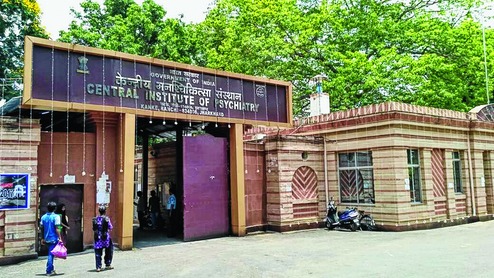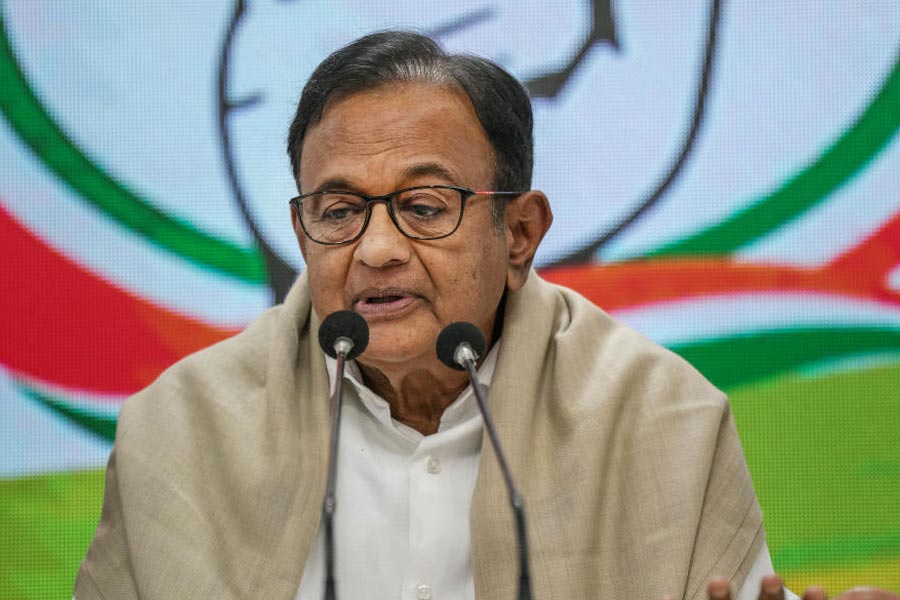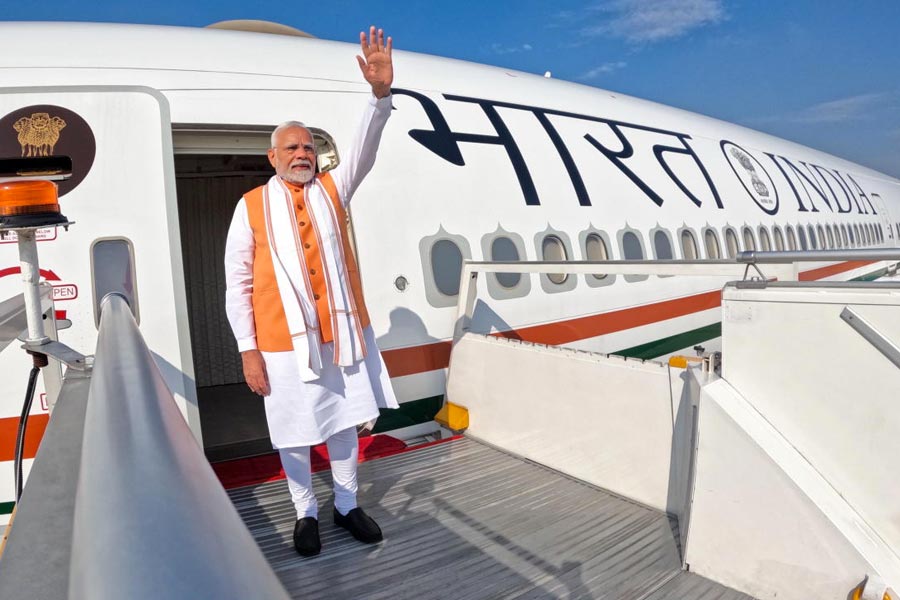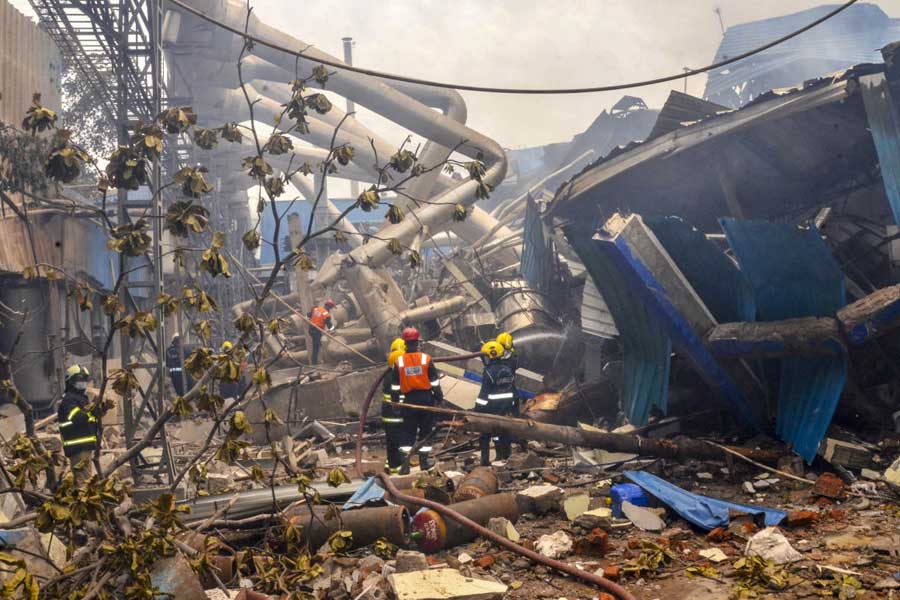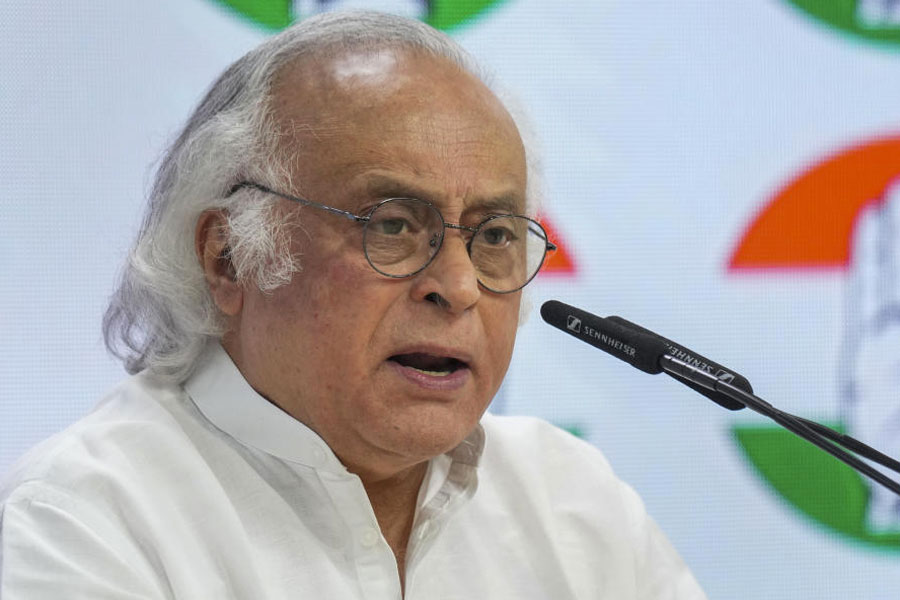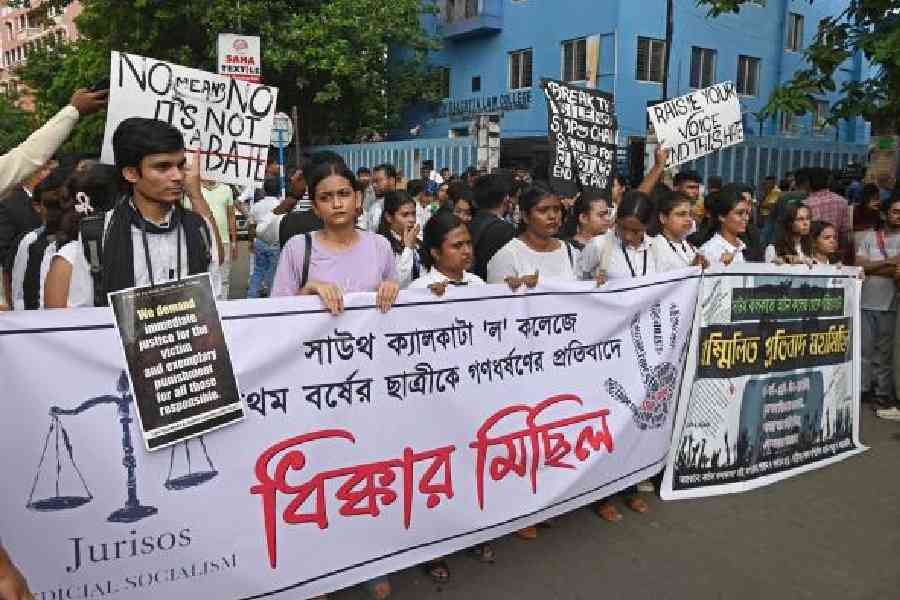
Central Institute of Psychiatry (CIP) in Kanke, which possibly made Ranchi famous across India before a certain cricketer named Dhoni came along, steps into the 100th year of its existence on Wednesday.
Governor Droupadi Murmu and chief minister Raghubar Das will be present at the start of the centenary celebrations on Wednesday, which will comprise a continuing medical education programme on media and mental health.
A pioneer in mental health in eastern India, CIP started on May 17, 1918, when it was called European Lunatic Asylum, with 174 patients.
Though a Johnny-come-lately compared to the Mumbai asylum, which opened in 1745 and was India's first institution for mental healthcare, the CIP filled an important void.
When the number of European mental patients increased during the World War I and asylums in Bengal at Bhawanipur (Calcutta) and Berhampore were overcrowded, Ranchi was chosen for a new mental health institution due to its salubrious climate and peaceful wilderness.
The hospital, with its pavilion-like wards surrounded by manicured lawns spread over a 210-acre campus, did not have an attractive start.
Lieutenant-Colonel Owen A.R. Berkeley-Hill, who headed it for 15 years since October 1919 found it a "bear garden". "My heart sank...I felt overcome with disappointment", he would later say.
To raise awareness for its upgrade, Berkeley-Hill approached the editor of The Statesman.
The newspaper's piece on the Ranchi asylum describing it as "worse than a kaffir's kraal (African homestead)" created the intended uproar, forcing the government to initiate steps for its improvement measures.
At the time of his leaving, even Berkeley-Hill felt it was "the finest mental hospital in Asia".
Meant only for European and Anglo-Indian patients till Indian Independence in 1947, the institute has many firsts in mental healthcare in India to its credit, be it occupational therapy treatment (1922), electroconvulsive therapy (1943) or leucotomy (1949).
It got affiliation from University of London for diploma in psychological medicine examination in 1922 when there was no scope for post-graduate training in psychiatry in this country.
The first draft of Indian Mental Health Act 1987 was also made here by Major R.B. Davis, S.A. Hasib and J. Ray in 1948.
The Union government took over its control from a board of trustees in 1954.
The pejorative name European Lunatic Asylum obviously did not last long.
In 1922, it became European Mental Hospital; in 1947, Inter-Provincial Mental Hospital; in 1952, Hospital for Mental Diseases; and finally in 1977, the Central Institute of Psychiatry, the changes reflecting the growing progressiveness on mental health.
CIP now offers courses varying from psychiatric nursing to post-graduate degree in psychiatry and research in clinical psychology.

